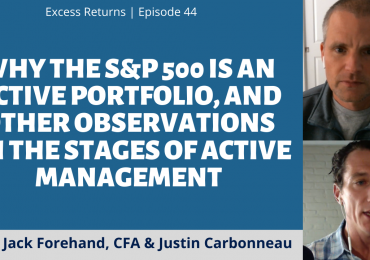Fund managers have been changing the benchmarks they compared themselves to in order to make their past returns appear better than they really are, reports an article by Jason Zweig in The Wall Street Journal. A research study from Kevin Mullally of the University of Central Florida and Andrea Rossi of the University of Arizona found that 37% of all stock mutual funds in the U.S. made this kind of switch between 2006 and 2018. The move isn’t illegal or on regulators’ radars, which means investors need to look out for themselves.
Funds cannot make retroactive changes to their results, but they can change which index they are comparing those results to. While the SEC dictates that funds must show their previous returns next to those from “an appropriate broad-based securities market index,” choosing which index to use is at the manager’s discretion. More than half the funds in the study were using indexes that didn’t match their strategy, the article details.
The SEC does require that if a fund makes a change in their index, they have to continue to display the previous benchmark for a year next to the new index. But after that year is up, the old index can disappear, meaning one day the fund might look like it’s underperforming the market, and the next it’s outperforming. According to the study, fund managers make their past returns appear 0.8% better in a 1-year period, 2.4% over 5 years, and 4.8% over 10 years, on average. Those kinds of numbers can be very attractive to investors; the study revealed that those funds that switch indexes rake in $70 million more new money on average over the next 5 years, even though the performance didn’t actually improve.
While making this switch can seem shady, it is sometimes legitimate, such as when a small-stock fund expands into midsize territory, or a new manager comes in with a new approach. And some funds, such as the Vanguard Energy Fund—which has changed benchmarks three times since 2000—continues to display its returns against the old index, offering a “spliced benchmark.” However, Mullally told The Journal, that sort of transparency is rare.









